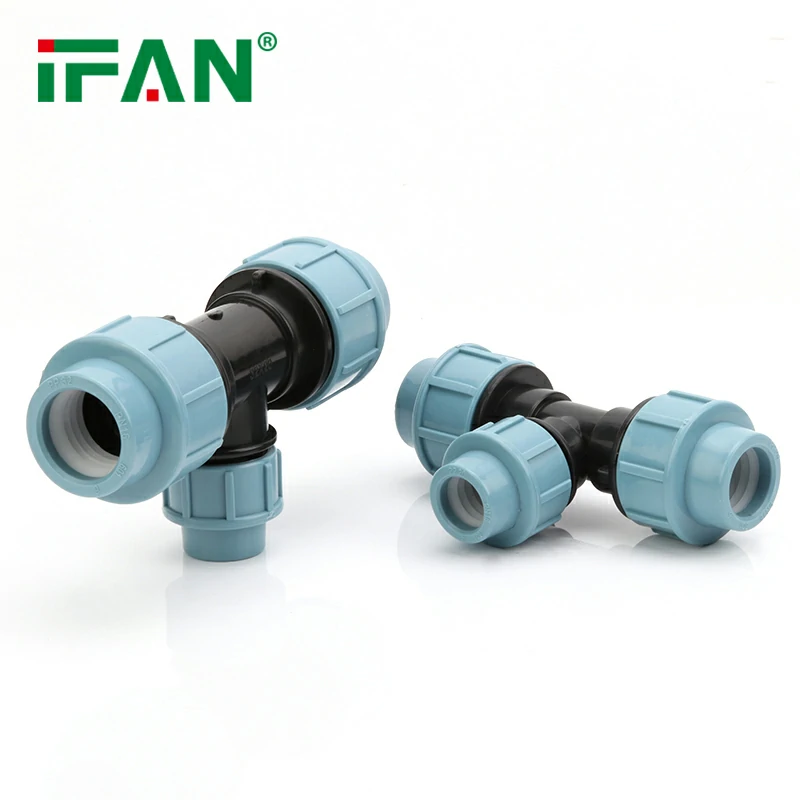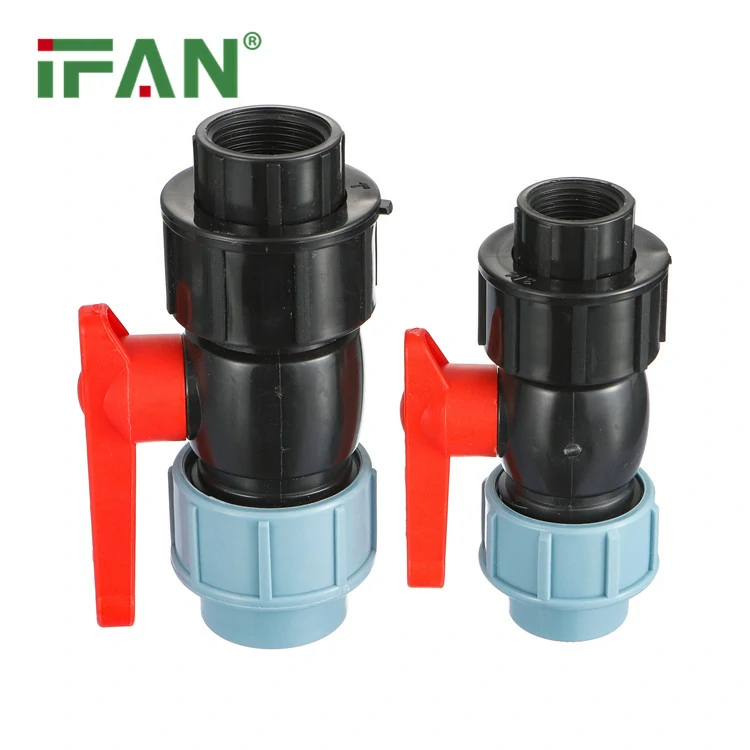Introduction
Choosing the right method for joining pipes is a pivotal decision in any pipeline project. With advancements in technology, Polyethylene (PE) fittings with quick-connect systems have emerged as a modern alternative to traditional joint methods. This article explores the considerations between PE quick-connect systems and traditional joints, helping you determine which is more suitable for your pipeline engineering needs.

1. The Innovation of PE Quick-Connect Systems
Revolutionizing Pipe Connections: PE Quick-Connect Technology PE quick-connect systems represent a transformative leap in pipe connection technology. Unlike traditional joints that often require complex welding processes or intricate fittings, PE quick-connect systems simplify the installation process. The innovation lies in the design of these systems, featuring mechanisms that allow for rapid and secure connections without the need for specialized tools or extensive training.
PE quick-connect systems: user-friendly design, broad accessibility. Simple connections expedite installation, reducing the learning curve. Efficient choice for time-sensitive projects.
Adaptability to Various Pipe Sizes: Versatility in Application One of the standout features of PE quick-connect systems is their adaptability to various pipe sizes. Whether you are working on a residential plumbing project or an industrial application, PE quick-connect systems can accommodate different pipe diameters, providing versatility that may be challenging to achieve with traditional joints. This adaptability enhances their suitability for diverse pipeline engineering needs.
2. Traditional Joints: Time-Tested Techniques
Welding Processes: The Traditional Approach Traditional joints often involve welding processes, which, while effective, can be time-consuming and require skilled labor. Welding joints demand precision and experience, adding complexity to the installation process. The traditional approach is well-established, but it may not always align with the need for rapid installations or projects with tight timelines.
Complex Fittings: Navigating Intricacies Traditional joints may involve complex fittings that require careful consideration during the planning and installation phases. The intricacies of these fittings may contribute to longer installation times and could pose challenges in projects where simplicity and speed are paramount. The need for specialized tools and expertise in handling these fittings adds to the overall complexity of traditional joint methods.
Traditional joints are foundational, but their relevance depends on project specifics. Precision welding or alignment with specifications makes traditional fittings a viable choice. However, it’s crucial to weigh these considerations against the efficiency and speed offered by modern PE quick-connect systems.
3. Choosing the Right Fit: Considerations for Your Project
Efficiency and Speed: The Hallmarks of PE Quick-Connect Systems For projects where efficiency and speed are top priorities, PE quick-connect systems shine. The streamlined installation process and rapid connections contribute to shortened project timelines, reducing labor costs and expediting project completion. PE quick-connect systems are particularly well-suited for applications where immediate functionality is crucial.
Precision and Tradition: Traditional Joints in Specialized Projects In projects where precision welding or intricate PE fittings are specifically required, traditional joints may remain the preferred choice. Specialized applications, such as those in industries with stringent regulations or unique specifications, may benefit from the established methods of traditional joints. Balancing the need for precision against project timelines is key in making an informed decision.
Cost Considerations: Evaluating the Overall Investment While the initial cost of PE quick-connect systems may be higher than traditional joints, it’s essential to consider the overall investment. The time saved during installation, reduced labor costs, and the potential for quicker project completion can offset the initial expenses. A comprehensive cost analysis, taking into account both short-term and long-term factors, helps in making a financially sound decision.PE fitting
Conclusion:
In conclusion, the choice between PE quick-connect systems and traditional joints boils down to the specific needs of your pipeline project. PE quick-connect systems offer speed, efficiency, and ease of use, making them a modern and versatile choice for many applications. Traditional joints, with their time-tested techniques, may still be the preferred option in certain specialized projects. Ultimately, evaluating factors such as project timelines, precision requirements, and overall costs will guide you in making the right decision for your unique pipeline engineering needs.
Contact:
IFAN is a manufacturer with 30 years of experience, specializing in plastic pipes,PE fittings, and valves in China. If you are interested in IFAN’s copper valves, PPR valves, pipe, and fitting, feel free to contact us. IFAN provides various standard pipes to meet your specific needs. Click the link below to explore IFAN’s diverse, cost-effective valve products, as well as related pipeline system products.
We will reply your email or fax within 24 hours.
You can call us at any time if there is any question on our production.
For more information,pls visit our webside https://www.ifanplus.com/
Pls Mailto: [email protected]






